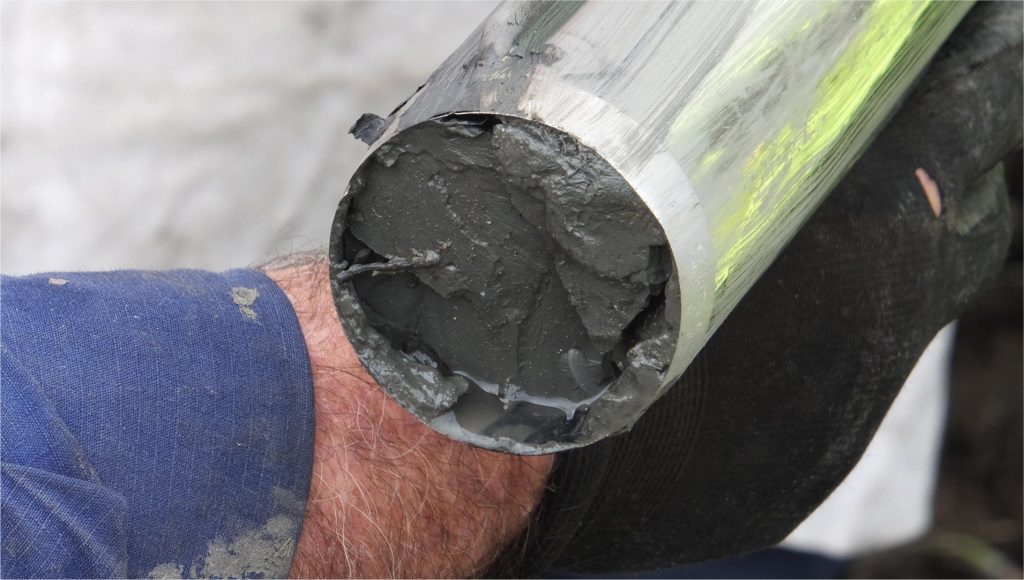CPTU testing in Australia plays an important role in modern geotechnical research. The history of this kind of testing dates back to the 1930s. This was the time when human muscle strength was used to insert bolts with tapered endings into the ground. Over the years, both the equipment and testing techniques have undergone huge innovations and developments.
CPTU tests turned out to be very useful in the field of maritime geotechnics, hence becoming a valuable information source on parameters of sediments found below the surface of the ocean.
The nature of the environment in the sea made it necessary to introduce a series of solutions that would enable the sounding devices to function underwater and at considerable depths. Due to adverse conditions, physical and direct human participation in the research was reduced. The units used in the tests of marine soils are automated and remote-controlled devices. This means that operating them is limited to no more than the control over the processes of placing and lowering them on the bottom and monitoring the penetration process. The measuring tips of the CPTU test systems in Australia enable measurements of sleeve friction, cone resistance and pore water pressure.
Based on the type of soil in Australia, as well as around the world, most of the parameters of the ground substrate may be determined using charts and empirical calculation formulas. The simple and clear procedures, comparatively quality of soil strength parameters and low costs provided by the soundings, allows such surveys to become more common as a basis for designing foundations of various offshore constructions.
A CPTU testing company in Australia may use them as an alternative to laboratory tests done onshore on marine soil samples. Costly and hard to perform in various offshore conditions, collecting undisturbed marine soil samples is very difficult and costly and therefore is limited to a bare minimum. However, one cannot forget that the programs of marine soil investigations realized for the main purposes of implementing off-shore investments shouldn’t be carried out based on cone penetration tests. It is important to verify the acquired parameters using laboratory tests, however the amount of lab testing can be vastly reduced.
Case Study: CPTU used in the Polish economic zone of the Baltic Sea
There may be observed demand for offshore testing in the Polish exclusive economic zone of the Baltic Sea. The currently planned and applied ground investigation projects for the main purpose of implementation of offshore investment encompasses the cone penetration tests, putting a high demand on their quality. To ensure the research’s best standard, it is necessary for the equipment of an appropriate class and qualified staff members to be provided.
The cost of acquiring and operating the devices for the testing is very high and this is the reason why their availability is very limited on the polish waters. In order for the timely project implementation to be guaranteed, there arises a need to rent the expensive equipment, specialized vessels from external contractors operating in the European market and so on. This provides the perfect opportunity to gain knowledge and exchange experiences of the latest technologies in CPTU testing.
Written by Mark Potter, Staff Writer at www.WHIA.com.au


